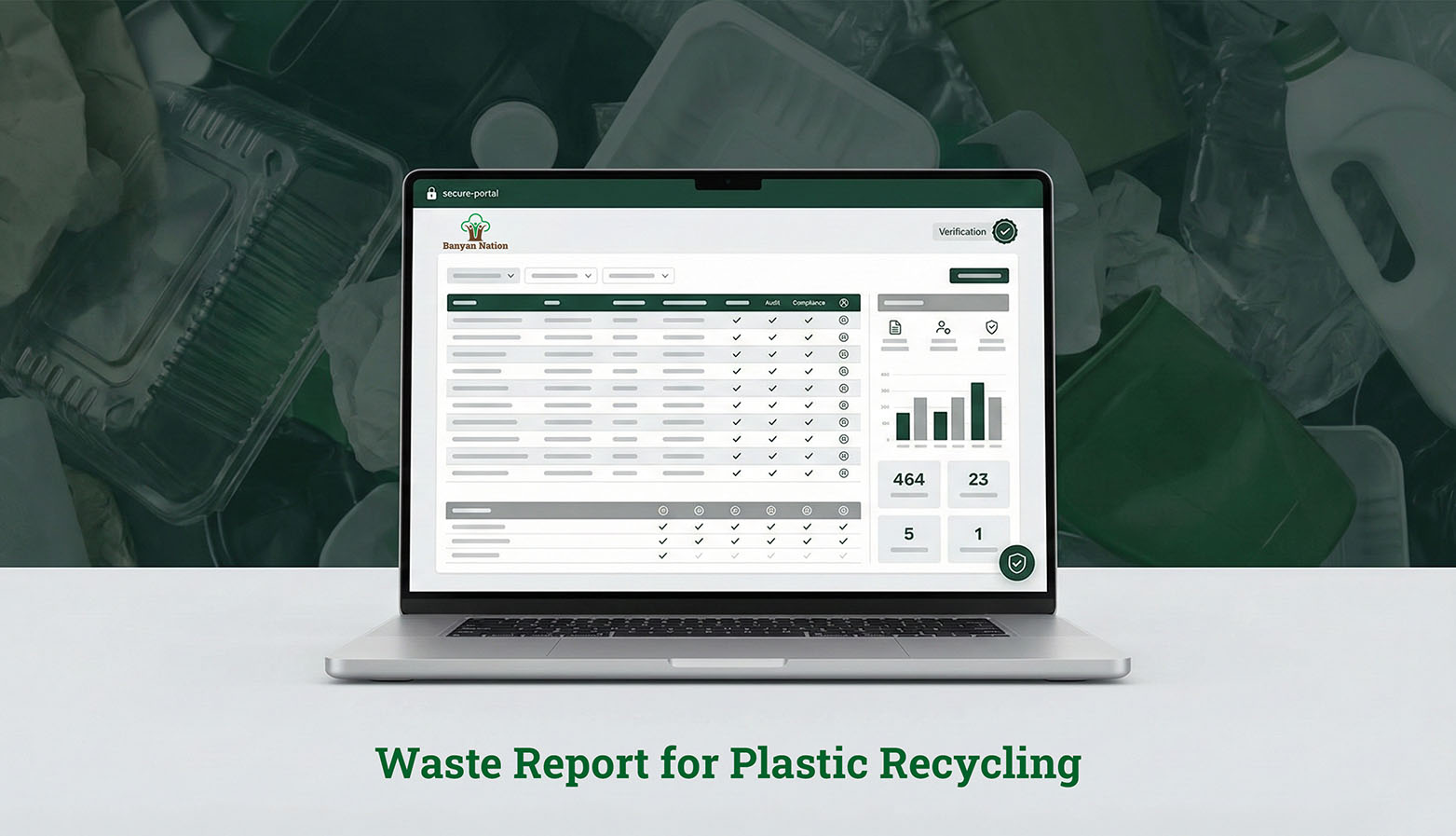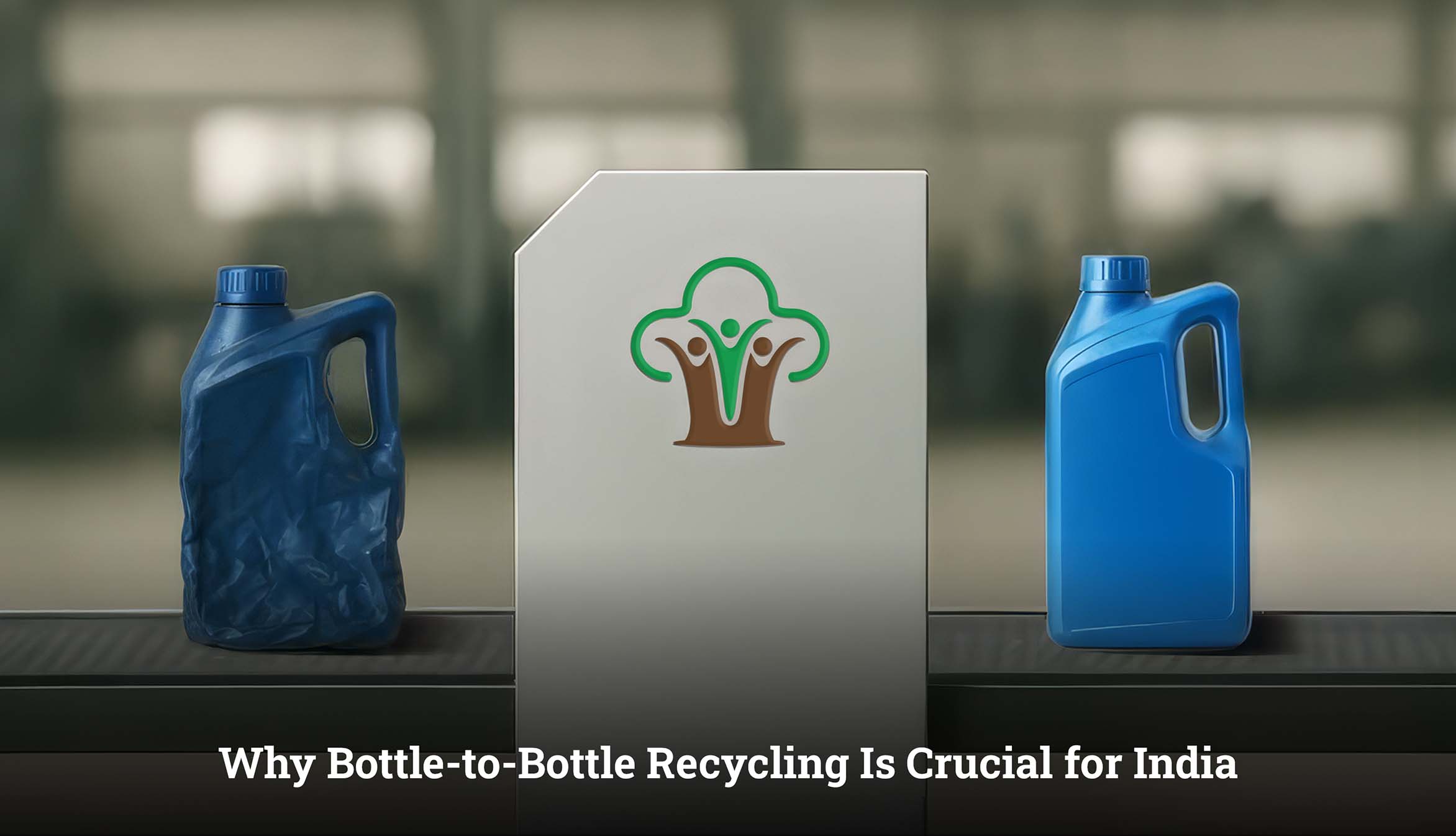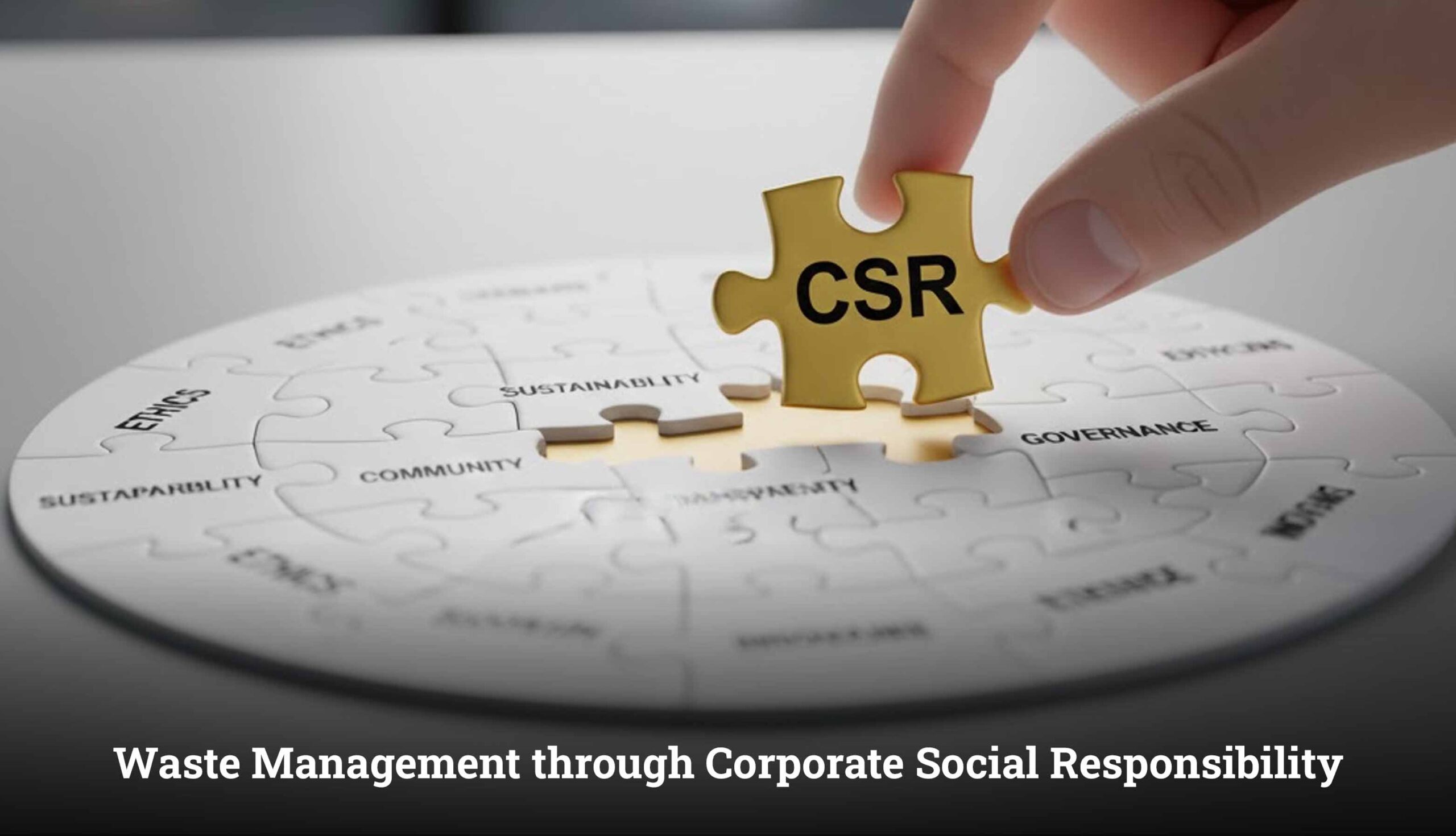Introduction
Global plastics production has surged over the past 70 years and is expected to reach 34 billion metric tonnes by 2050. Globally, packaging is and will remain the largest application of plastics. Flexible plastic packaging is the fastest growing plastic packaging category. This growth can be attributed to several benefits of flexible packaging formats over rigid ones, including their lighter weight, higher product-to-packaging ratio, and lower price points. Flexible plastic packaging is mostly single-use, with very low recycling and high leakage rates: in the Indian context it is one of the most challenging plastic packaging formats in the journey towards a circular economy for plastics. The relative share of flexible packaging in plastic packaging is higher in countries such as India due to its relatively low cost and versatility. In 2018, a total of 15.4 million metric tons (MMT) of plastics was consumed in India; 59% of this went into packaging (by weight), out of which 71% went into flexible packaging (by weight). In India, flexible packaging is also commonly used for small format packaging (<50 ml or 50g in size): three out of four FMCG products sold in India are packaged in such formats.
In India, approximately 70% of consumer packaging is comprised of flexible plastics. However, recycling rates for flexible packaging are still very low. While larger mono-material flexible packaging, like polyethylene (PE) or polypropylene (PP) films, are collected for recycling, a significant portion of flexible packaging, which consists of multi-layered polymers or multi-material laminates (MLPs), are not collected and recycled at scale due to their complex structures, low weight, and lack of end-markets for post-consumer recyclate.
What is Flexible Packaging?
A package or container of flexible or easily yielding materials that when filled or closed can be readily changed in shape. They are used for consumer and institutional products and in industrial applications to protect, market and distribute a wide variety of products. Flexible packaging is mostly made from plastic, film, foil, and paper.
What are the Challenges faced by the Flexible Packaging Industry?
1. Collection
One of the primary challenges of flexible packaging collection is lack of awareness by collectors as to what can be collected. Many are also not clear on the different kinds of flexible packaging, resulting in high segregation challenges. Without proper material segregation at the source, waste streams end up becoming contaminated, meaning the feedstock available for recycling in terms of quantity and quality is reduced. Segregation of waste in a recycling unit increases the cost of processing for the recycler.
2. Flexible Packaging Recycling
- Presence of odour in recyclate: Flexible packaging that comes into direct contact with products such as soap and food absorbs the odor of the product. Odors are usually persistent and limit end-markets.
- De-inking of flexible packaging: While de-inking technology is not widely available or in widespread use, the types of ink and printing processes used in packaging also vary (sometimes combinations of processes such as conventional inks with UV curing). These variations reduce the efficiency of de-inking even where technology is available and can limit end markets for recyclate.
3. Design
- Presence of incompatible polymers/materials in multilayer flexible packaging: Usage of multi-layer packaging will be necessary in applications whereby, for example, direct contact between food and the packaging occurs, and which packaging acts as a barrier to prevent spoilage of such food. Often, the layers used in multilayer packaging belong to different polymer families, such as in PET-PE or PET-PP structures, and/or consist of a polymer-metal layer. These layers are difficult to separate and are not compatible when processed together: for example, PET and PE have different melting points, which leads to quality losses in the recyclate.
- Highly decorated packaging: Flexible packaging is commonly decorated using inks and strong colours for brand differentiation and marketing. Often, print is enclosed between polymer layers which makes de-inking difficult. Without de-inking the recyclate is discoloured and this limits end use applications.
- Presence of adhesives: Depending on the method of manufacture, multi-layer flexible packaging can be produced by adhering layers together. The adhesives used are hard to remove and can remain in the recyclate, affecting its quality. Adhesive used to attach labels can also affect recyclate quality if it is not easily removable in the recycling process.
4. Use
Removal of residual content: Post-consumer flexible packaging often contains residue from the packaged product (such as tomato ketchup, shampoo) which is hard to remove and adds to the recycler’s cost of cleaning and decontamination.
What are the Opportunities for Innovation in Flexible Packaging?
1. Sustainable Material Design
- Mono-material Solutions: Flexible packaging is usually a product that comprises of multiple materials; Therefore, making flexible packaging recycling challenging. One key innovation opportunity is mono-material in packaging, which still presents all key barrier and strength properties. By simplifying these materials, these packages would then be easier to handle in current recycling systems. In fact, this decreases contamination and increases recyclability.
- Sustainable Printing and Inks Eco-Friendly Inks: Traditional printing inks can introduce contaminants during flexible packaging recycling. Bio-based alternatives to mineral-based inks are renewable, biodegradable and compostable, and help us phase out the contamination risks and simplify the recycling of flexible plastic packaging process. Other flexible packaging solutions like Printing less ink or positioning the printing on the packaging in a certain way can also prevent the material from being contaminated. The cleaner the material, the more it can be recycled, which means the material’s purity can be preserved for a longer time.
2. Advanced Sorting and Collection Technologies
- Artificial Intelligence (AI) and Machine Learning: AI-powered sorting systems can identify and sort flexible packaging by polymer types, which significantly increases accuracy and efficiency in material recovery facilities.
- Near-Infrared Spectroscopy: NIR technology quickly identifies and sorts flexible packaging material types by polymer type, increasing the efficiency of the recycling process.
The Role of Technology in Flexible Packaging
There have been important technological advancements in flexible packaging over the past few years. All these developments led to even more sustainable materials, better barrier properties, and more sophisticated printing capabilities and, thus, made the packaging less of an environmental burden.
- Recycling Infrastructure: Measures also being undertaken are steps taken towards increasing the infrastructure of recycling and increasing recyclability of flexible packaging. The collaborations of industry, government agencies, and recycling facilities are coordinating to make collection and processing methods streamlined. Thus, recycling of flexible plastic packaging materials becomes easy for consumers.
- Bio-Based Materials: One of the notable advances is in bio-based materials, such as plant-based polymers and compostable films, made from renewable sources. Their application seems promising because, in principle, they can be a substitute for traditional plastics made from petroleum, avoiding fossil fuel use and promoting a circular economy.
Conclusion
- Flexible packaging poses many recyclability challenges, but then again, it also provides many opportunities for innovation and sustainability. Advanced technologies in recycling continue to emerge while cooperation between stakeholders holds an even better flexible packaging solutions. That is why, by means of investments in such advanced innovative solutions, we will change flexible packaging from source waste into a valuable contributor to the transition to a real circular economy. As we continue to prioritize sustainability, adopting new technologies and building collaborations will be the way of shaping a more environmentally responsive future for flexible packaging.
FAQ's
Why is flexible packaging recycling difficult?
Most flexible packaging materials consist of layers of various materials, and separating and processing them makes it difficult for most of the recycling facilities to handle, hence causing contamination and inefficiency.
How does flexible packaging benefit industries?
Flexible packaging is light in weight, so transportation cost goes down. It offers good protection to products, so shelf life is increased, and waste goes down. The industry appreciates the versatility because it can be customized to fit almost any product and branding requirements.
How does innovation in flexible packaging affect consumers?
Innovations make flexible packaging more sustainable, convenient, and user-friendly. Some of the features that would improve consumer experience include easy-open seals and recyclable materials. Options that are friendly to the environment which ensure responsible disposal choices.
What are some eco-friendly alternatives to traditional flexible packaging?
Some eco-friendly alternatives to conventional flexible packaging include compostable films made from plant-based materials, mono-material packaging that simplifies recycling, and reusable packaging designs. These options support sustainability while retaining the benefits of flexibility and durability.

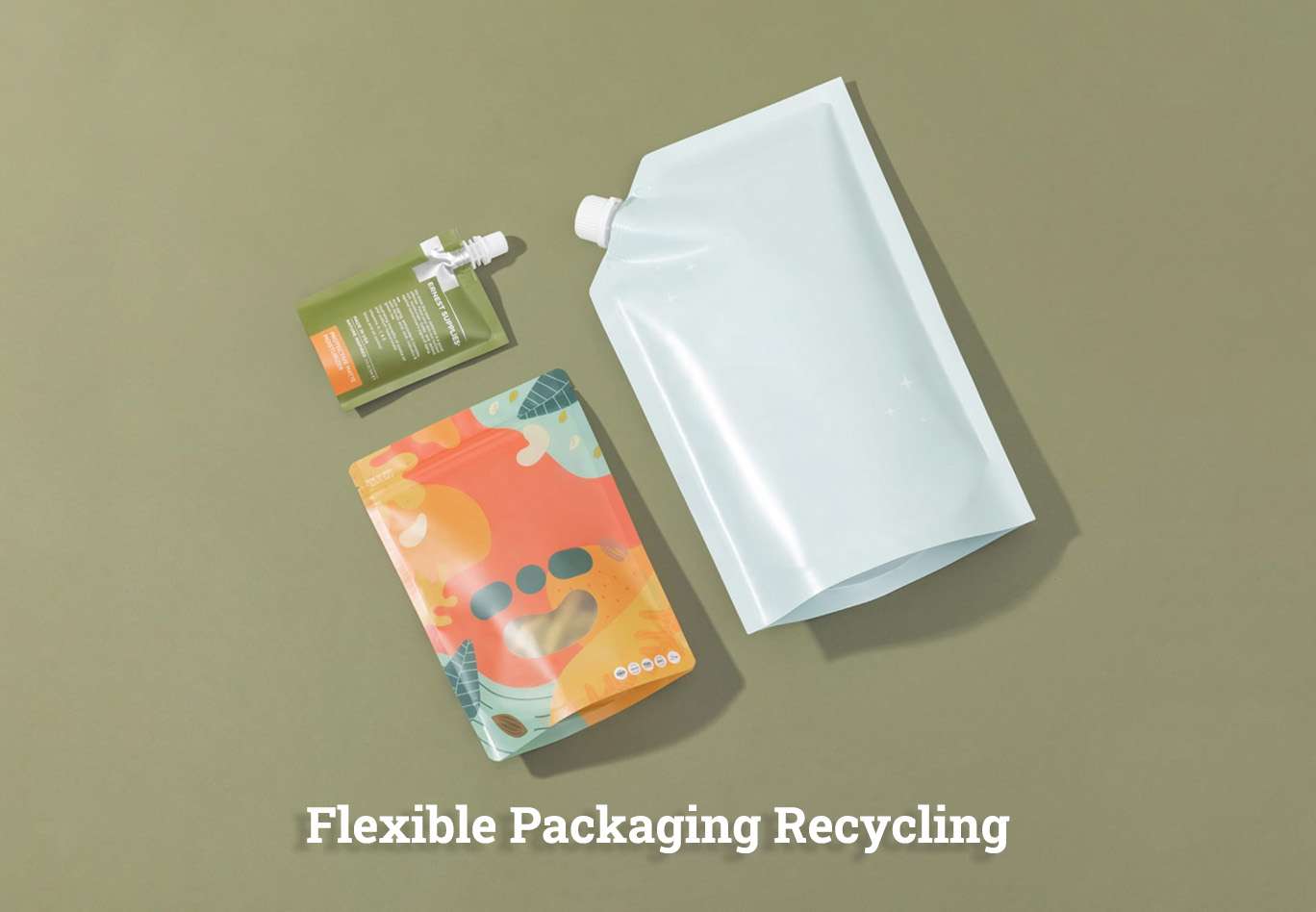
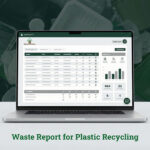 What Is Waste Reporting and Why Does It Matter in Plastic Recycling?
What Is Waste Reporting and Why Does It Matter in Plastic Recycling?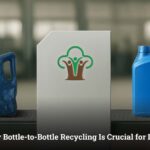 What Is Bottle-to-Bottle Recycling? Why It Matters for India
What Is Bottle-to-Bottle Recycling? Why It Matters for India The Role of CSR (Corporate Social Responsibility) in Waste Management
The Role of CSR (Corporate Social Responsibility) in Waste Management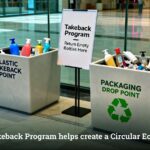 What is Takeback Program & Their Role in Building a Circular Economy
What is Takeback Program & Their Role in Building a Circular Economy What Is a Waste Audit and Why Should Recycling Companies Conduct One?
What Is a Waste Audit and Why Should Recycling Companies Conduct One?